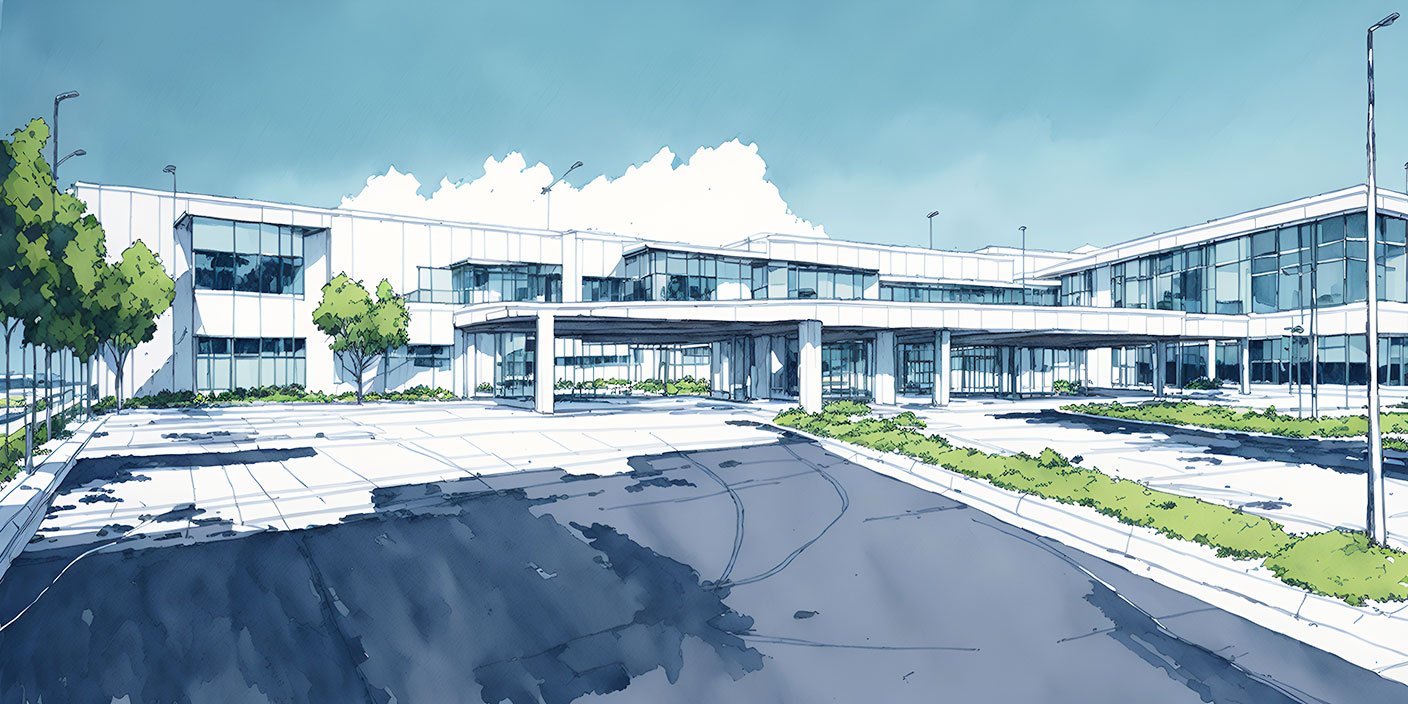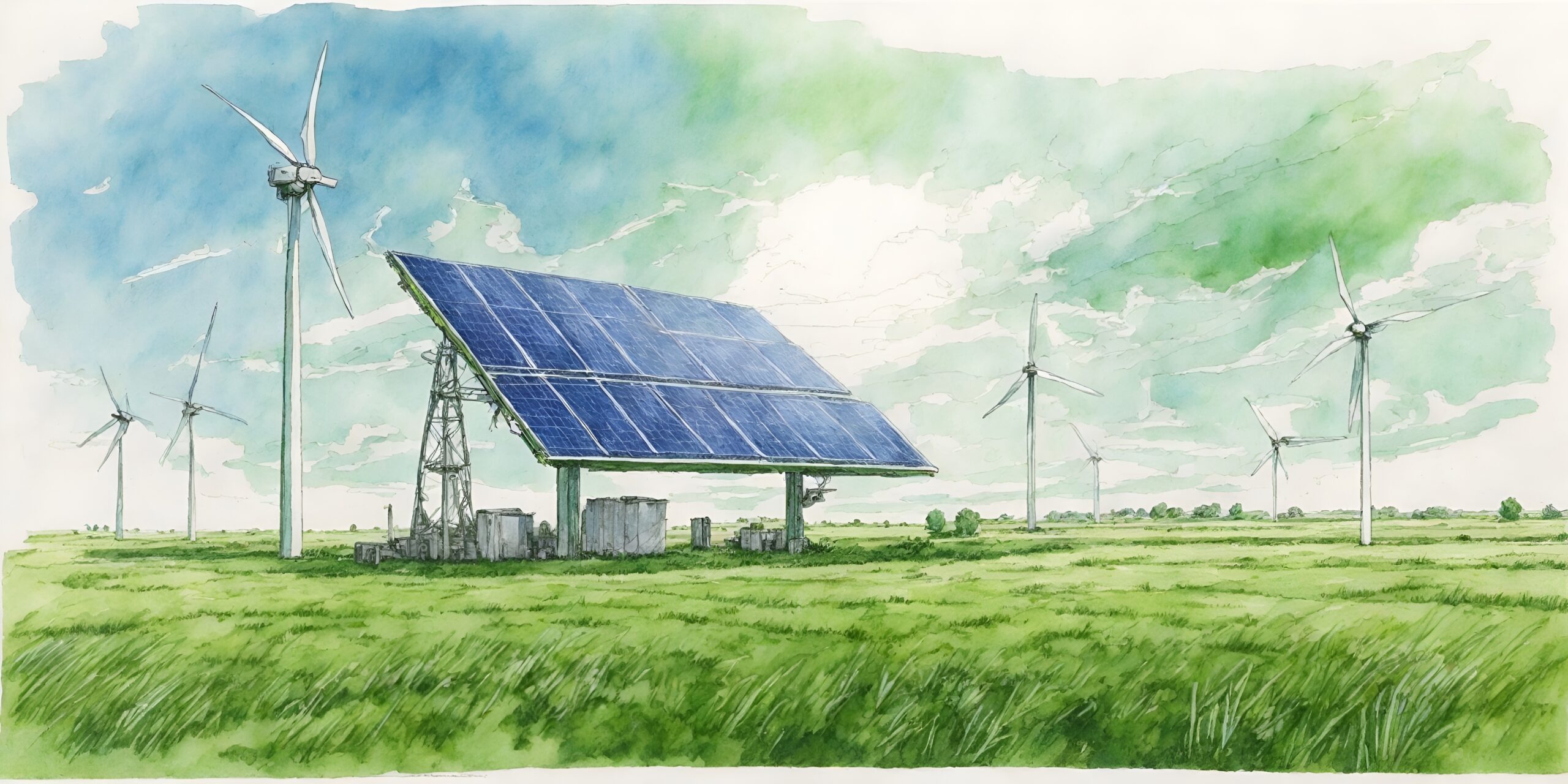The Urban Economic Growth
Urban economic growth refers to increased economic activity and output of goods and services in a metropolitan area over time. This growth is often measured by gross domestic product (GDP), employment levels, and income per capita. Economic growth is an essential factor in the development of urban areas, as it can create jobs, increase revenue, and improve residents’ overall living standards.
Zero economic growth, also known as steady-state growth, refers to a situation where there is no change in the economic activity or output level in an urban area over time. This can occur when the population and level of economic activity in a metropolitan area remain relatively stable. In this situation, there is no increase or decrease in GDP, employment levels, or income per capita.
On the other hand, positive economic growth refers to an increase in economic activity or output in an urban area over time. This can occur due to various factors, such as increases in productivity, population growth, or investment in infrastructure and technology. Positive economic growth can lead to increased employment, higher wages, and improved living standards for urban residents.
Negative economic growth, also known as economic decline or recession, refers to a situation where there is a decrease in economic activity or output in an urban area over time. This can occur due to various factors, such as decreases in productivity, population decline, or economic shocks, such as a financial crisis. Negative economic growth can lead to job losses, lower wages, and a reduced living standard for urban residents.
Urban economic growth can be quantified using mathematical formulas that measure changes in key economic indicators such as GDP, population, and income. One commonly used procedure to measure economic growth is the formula for the annual percentage change in real GDP:
Annual percentage change in real GDP = (Real GDP in the current year – Real GDP in the previous year) / Real GDP in the previous year x 100
Real GDP is the inflation-adjusted measure of a city’s total economic output. The formula calculates the percentage change in real GDP from one year to the next. For example, if a city’s real GDP in the current year is $100 billion and its real GDP in the previous year was $90 billion.
The annual percentage change in real GDP would be:
Annual percentage change in real GDP = ($100 billion – $90 billion) / $90 billion x 100 = 11.1%
This indicates that the city’s GDP has grown by 11.1% over the past year. Another formula that can be used to measure urban economic growth is the formula for the annual percentage change in per capita income:
Annual percentage change in per capita income = (Per capita income in the current year – Per capita income in the previous year) / Per capita income in the previous year x 100
Per capita income is the average income per person in a city. The formula calculates the percentage change in per capita income from one year to the next. For example, if a city’s per capita income in the current year is, $50,000 and its per capita income in the previous year was $45,000. The annual percentage change in per capita income would be:
Annual percentage change in per capita income = ($50,000 – $45,000) / $45,000 x 100 = 11.1%
This indicates that the city’s per capita income has grown 11.1% over the past year.
These formulas can be used to calculate economic growth in any city. They can provide valuable insights into a city’s economic health and well-being. However, it is essential to note that economic growth is just one aspect of urban development. It should be considered in the context of other social, environmental, and political factors that shape a city’s overall quality of life.
It is important to note that economic growth can positively and negatively impact urban areas and their residents. While economic growth can lead to increased prosperity, it can also lead to social and environmental challenges such as income inequality, congestion, and pollution.
Therefore, policymakers and urban planners need to carefully consider the potential benefits and drawbacks of economic growth when making decisions about the future of their cities.




